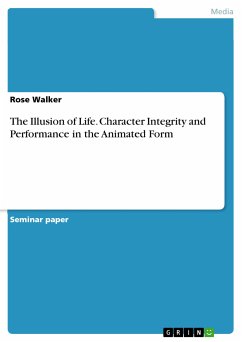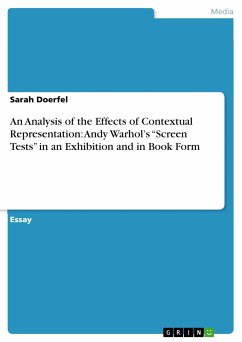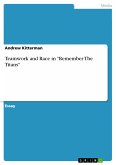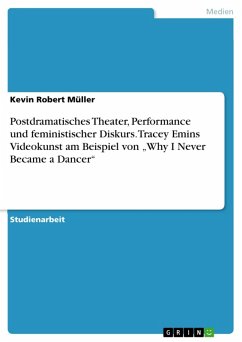Seminar paper from the year 2017 in the subject Art - Photography and Film, grade: 1, University of Kent, language: English, abstract: The thesis investigates the reasons and motivations behind our emotional and affective responses to the animated character. In a form suffused with a self-conscious display of artifice and fabrication, there is a paradox of how we can respond to the animated figure in much the same way as a live actor and real life individual. The stop-motion form in particular provides doubt for engagement to occur, yet even with new and improving advancements of technology, this self-conscious, sometimes rough form holds a firm place in cinematic culture today. To fully understand the justifications and limitations of our engagement, I appeal to the motivations and skills of the animator in designing a character and making it a 'performer.' The study has revealed the goal of an animator is for believability more so than realism; ensuring every nuance of the character encourages an active spectator who is willing to suspend their disbelief for the duration of the film in order to enjoy and engage with it.
Dieser Download kann aus rechtlichen Gründen nur mit Rechnungsadresse in A, B, BG, CY, CZ, D, DK, EW, E, FIN, F, GR, HR, H, IRL, I, LT, L, LR, M, NL, PL, P, R, S, SLO, SK ausgeliefert werden.









